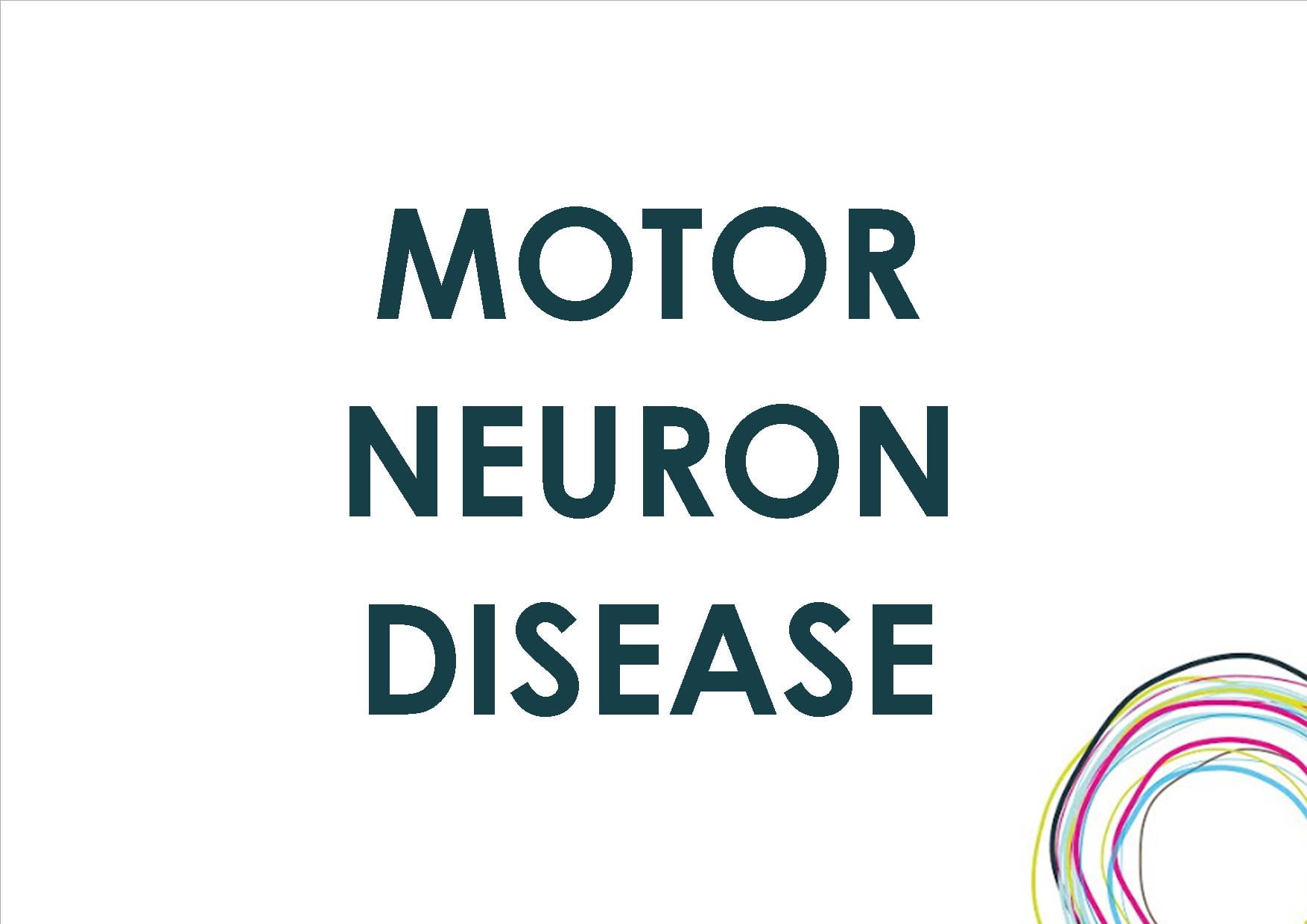The selective demise of motor neurons is the hallmark of amyotrophic lateral sclerosis (ALS), also known as Lou Gehrig’s disease. Yet neurologists have suspected there are other types of brain cells involved in the progression of this disorder and perhaps also protection from it.
To get to the bottom of this question, researchers engineered mice in which the damage caused by a mutant human TDP-43 protein could be reversed by one type of brain immune cell. TDP-43 is a protein that misfolds and accumulates in the motor areas of the brains of ALS patients.
The study, published in Nature Neuroscience, found that microglia, the first and primary immune response cells in the brain and spinal cord, are essential for dealing with TDP-43-associated neuron death. It is the first study to demonstrate how healthy microglia respond to pathological TDP-43 in a living animal.
The number of microglia cells remained stable in mice with ALS symptoms. However, after the researchers chemically suppressed expression of pathological human TDP-43 in the mice, microglia dramatically proliferated and changed their shape and what genes they expressed.
The normally branched microglia retracted their extensions and expanded the size of their main cell bodies. The now abundant, remade microglia multiplied by 70 percent after one week and selectively cleared accumulated human TDP-43 from motor neurons. Microglia surrounded TDP-43-filled neurons and turned on genes to make proteins that helped them attach to the sick cells and induce a process called phagocytosis that envelops the mutant proteins for disposal. After the mop up, mice stopped exhibiting motor dysfunction symptoms such as leg clasping and tremors, and they regained their ability to walk and gain weight.
Paper: “Microglia-mediated recovery from ALS-relevant motor neuron degeneration in a mouse model of TDP-43 proteinopathy”
Reprinted from materials provided by the University of Pennsylvania.

